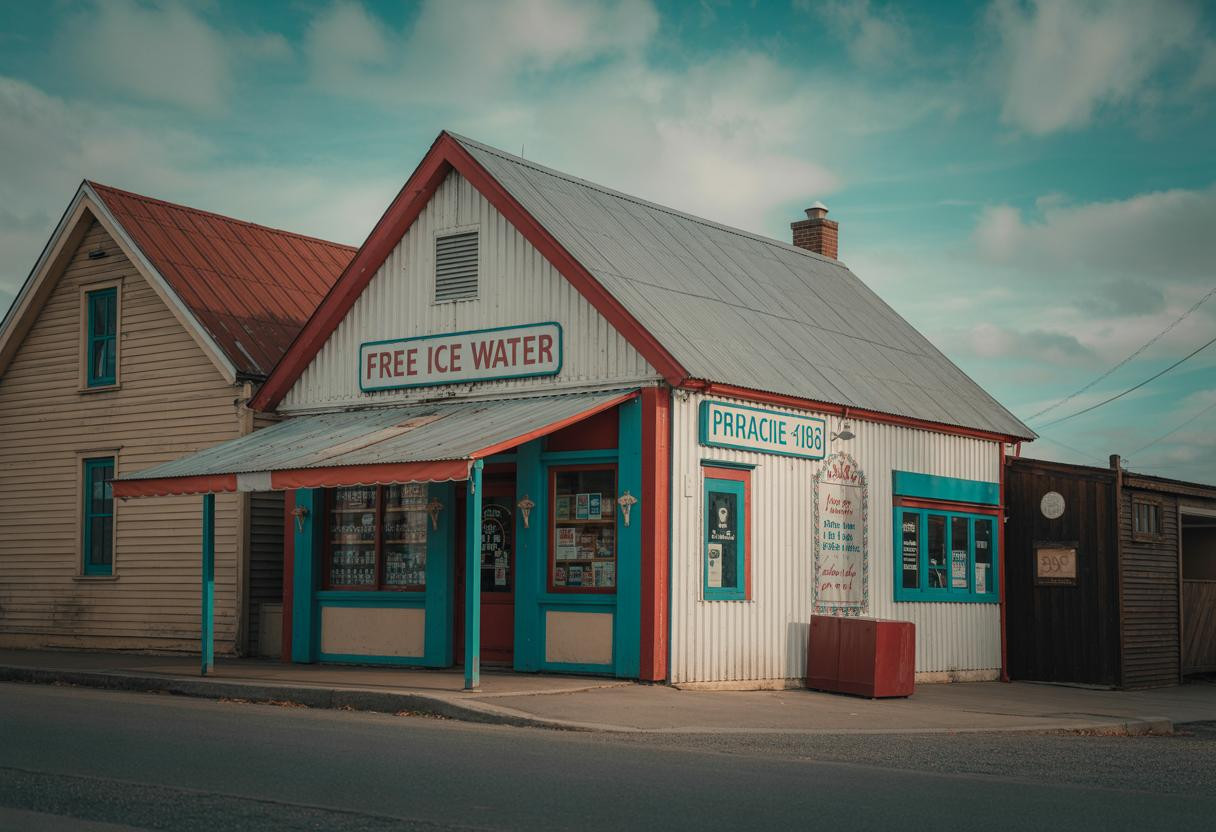When a struggling pharmacy in rural South Dakota transformed into a $200 million economic powerhouse through the simple offer of free ice water, it created the blueprint for one of America’s most successful roadside attractions. Wall Drug’s evolution from near-bankruptcy to hosting 2+ million annual visitors reveals profound lessons about rural innovation, cultural psychology, and sustainable tourism that extend far beyond its quirky facade.
The economic engine powering a prairie town
Wall Drug generates an estimated $200 million in total economic impact annually, supporting a complex ecosystem in a town of just 600 residents. With South Dakota’s tourism creating $8.1 billion in statewide impact from $5.1 billion in direct spending, Wall Drug’s 2 million visitors likely contribute around $127.5 million in direct economic activity.
The attraction’s revenue model extends beyond retail merchandise to include food service, attractions, and experiences. While the original pharmacy struggles with profitability due to limited supplier negotiating power, souvenir sales and branded merchandise generate the highest margins. The famous 5-cent coffee and free ice water serve as loss leaders that drive foot traffic to higher-margin purchases.
This success story mirrors other small town tourism success stories, where unique attractions can generate disproportionate economic returns for rural communities.
Cultural psychology driving the wall drug phenomenon
Nostalgia as a powerful marketing force
Wall Drug taps into deep American nostalgia for authentic road trip experiences from the mid-20th century. The “free ice water” promise addresses a basic human need while symbolizing frontier hospitality values. This combination of practicality and symbolism creates an emotional anchor that transcends generational boundaries.
The attraction’s appeal lies in its manufactured authenticity—visitors simultaneously embrace and acknowledge its kitsch nature. This dual engagement allows families to share genuine moments while participating in a cultural ritual that connects them to America’s iconic road trip destinations.
Strategic innovation beyond billboards
Wall Drug’s original marketing innovation—600 miles of highway signage—prefigured modern guerrilla marketing techniques. The psychological anchor of “free ice water” created a compelling reason to stop during an era when such amenities were scarce along prairie highways.
Today, the attraction leverages user-generated social media content from visitors seeking Instagram-worthy moments. Their military outreach program, offering free coffee and donuts to veterans, builds community goodwill while reinforcing patriotic branding that resonates with core demographics.
Replication challenges and rural development lessons
Wall Drug’s success stems from its unique position as a crossroads destination serving Badlands National Park visitors. However, replicating this model requires specific conditions: captive traffic, unmet traveler needs, and consistent brand messaging over decades.
The attraction faces modern vulnerabilities including dependence on H-2B visa workers and potential disruption from electric vehicle adoption reducing traditional fuel stops. Like other ultra-small municipal governance situations, managing tourism infrastructure with limited permanent population creates ongoing challenges.
Future-proofing strategies for changing travel patterns
Fourth-generation leadership faces the challenge of maintaining cultural relevance while adapting to digital-first consumer behaviors. Succession planning becomes critical as family-owned attractions navigate governance complexities that have challenged other rural enterprises.
The key insight for rural development: sustainable tourism requires authentic cultural assets, diversified revenue streams, and adaptive marketing strategies. Wall Drug’s model demonstrates that even remote locations can create destination-worthy experiences by addressing fundamental human needs while building genuine cultural significance.
The enduring power of simple solutions
Wall Drug’s transformation proves that the most effective business innovations often address basic human needs in memorable ways. By combining practical value with cultural storytelling, rural communities can create sustainable economic engines that preserve local identity while attracting global audiences.
